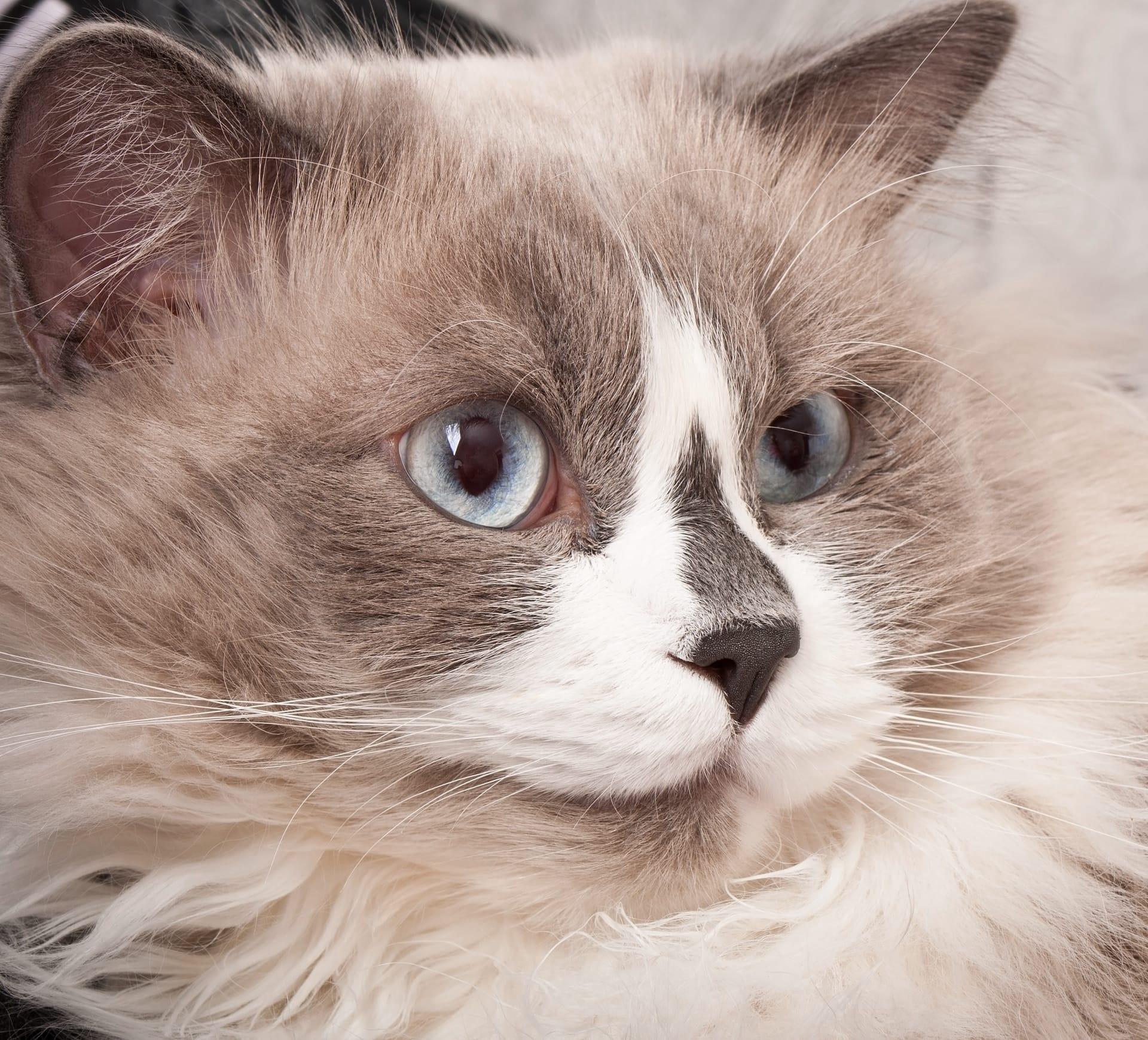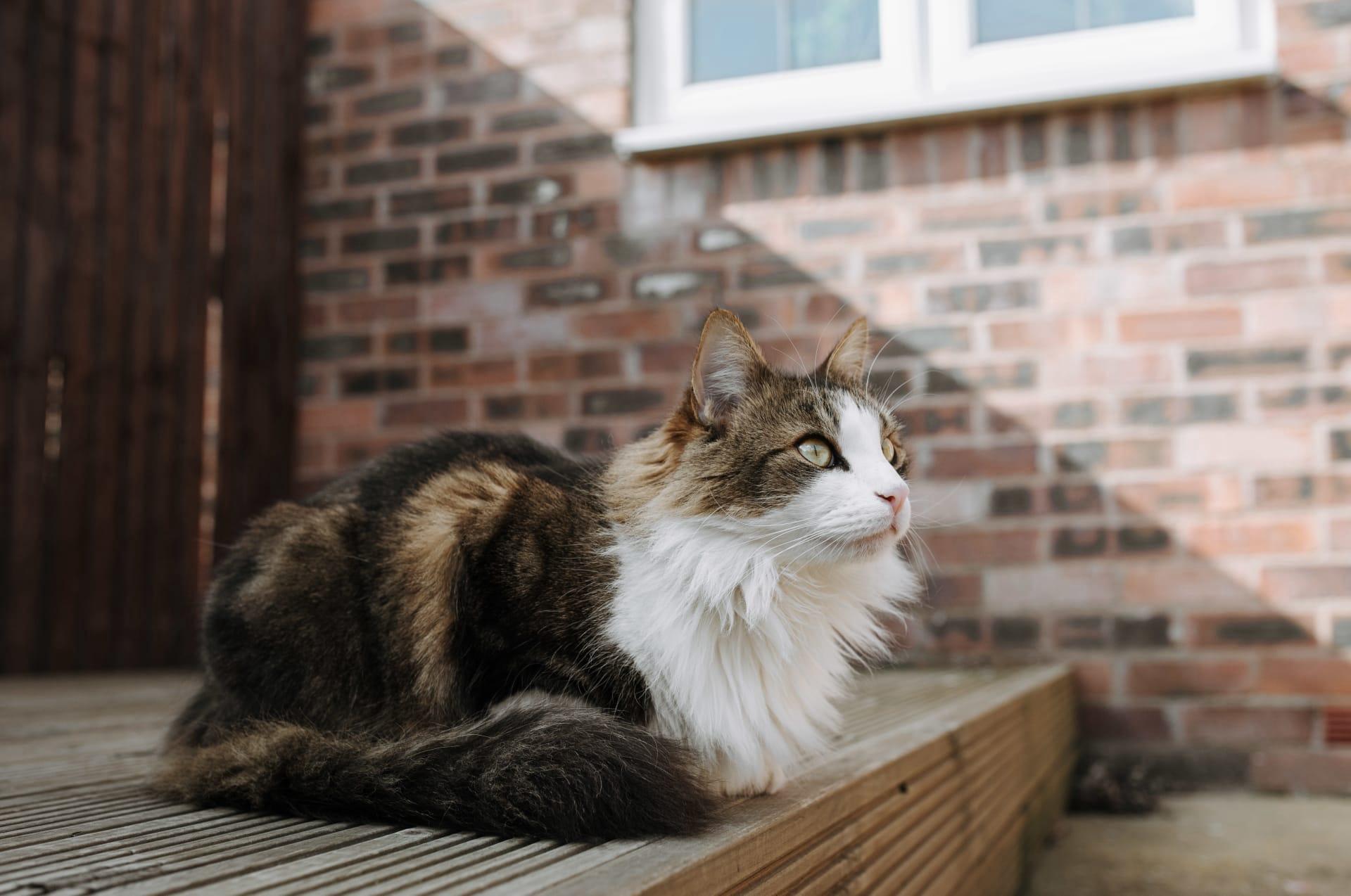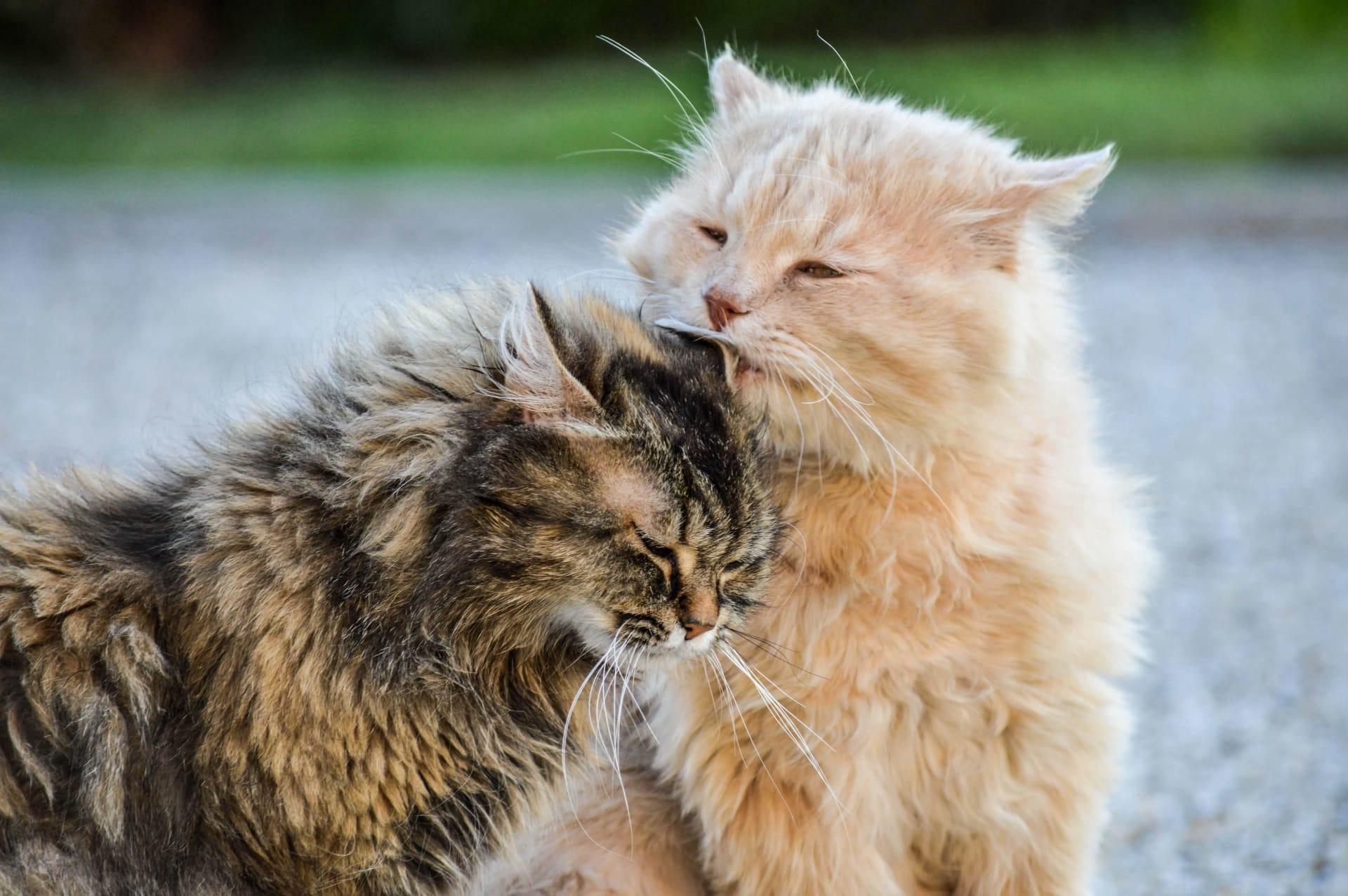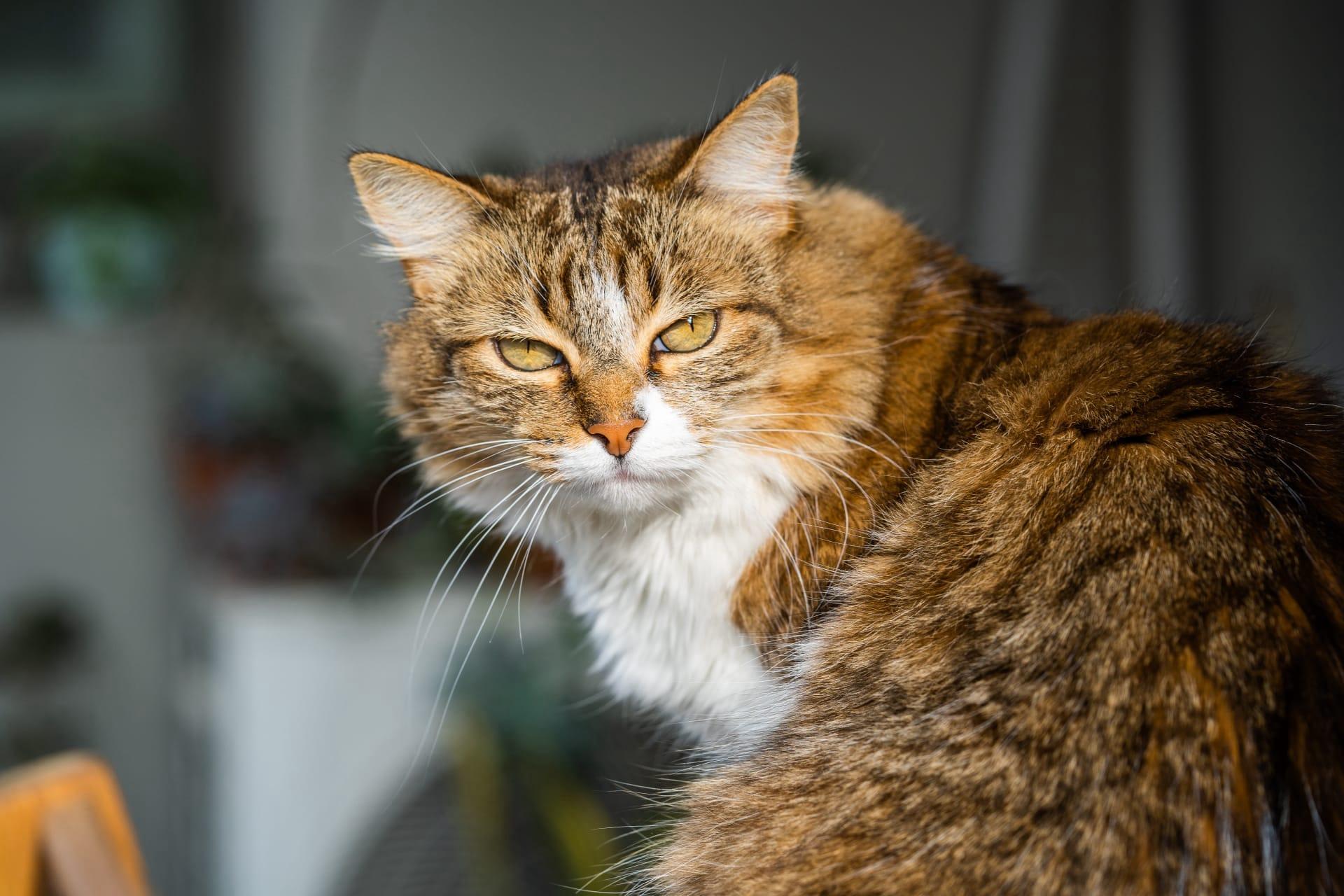Cymric Cat Characteristics
- Home /
- Mini Encyclopedia /
- Animal /
- Cymric Cat Characteristics
1
The Cymric Cat, a notable breed for its distinctive appearance, is medium to large in size, showcasing a rounded, muscular body that typically weighs between 7 to 13 pounds (approximately 3.2 to 5.9 kilograms). Its lifespan is quite impressive, with many Cymrics living well into their teenage years, some even reaching 15 years or more. This breed is characterized by its long, dense coat that comes in a variety of colors and patterns, adding to its plush, rounded appearance. The Cymric's round face, large eyes, and small ears set wide apart contribute to its unique and adorable look, making it a beloved pet among cat enthusiasts.
One of the most remarkable features of the Cymric Cat is its tail—or lack thereof. This breed is essentially a long-haired variety of the Manx cat and is most famous for its taillessness, although some Cymrics may have a short stub or a small "rise" of a tail. The gene responsible for this trait is dominant, meaning that the tailless characteristic can be passed on even if only one parent carries the gene. This lack of a tail not only contributes to the Cymric's distinctive silhouette but also affects its balance and movement, leading to a unique, hopping gait that is often compared to that of a rabbit. The taillessness does not hinder the Cymric's agility or health, showcasing the breed's adaptability and resilience.

2
Question: What is the most common health issue associated with Cymric Cats, and how can it be managed?
Answer: The most common health issue in Cymric Cats is related to their taillessness, specifically a condition known as "Manx Syndrome." This genetic mutation can lead to a range of spinal problems, including spina bifida, where the spine does not develop properly, and issues with the bowels and bladder. Not all tailless Cymric Cats will have these problems, but the risk is present. Management of this condition depends on the severity but can include surgical interventions, medications to manage symptoms, or special care for mobility issues. Regular veterinary check-ups are crucial for early detection and management of these health challenges, ensuring a Cymric Cat leads a happy, healthy life.

3
Cymric Cats are known for their playful and active nature, often displaying kitten-like levels of energy well into adulthood. Despite their rounded body and lack of a tail, they are incredibly agile and enjoy climbing, jumping, and exploring their surroundings. Their movements are often described as being particularly graceful and poised, with a distinctive hopping motion that adds to their charm. Regular playtime and interactive toys are essential for keeping them physically active and mentally stimulated, helping to maintain their health and happiness.
When it comes to feeding, Cymric Cats do not have specific dietary requirements different from other breeds, but their nutritional needs should be met with high-quality cat food. Their diet should be balanced, taking into account their age, size, and activity level to avoid obesity, which can be a concern for less active individuals. Fresh water should always be available, and treats can be offered in moderation. Consulting with a veterinarian about the best diet for your Cymric Cat will ensure they receive all the necessary nutrients for a long and healthy life.

4
The Cymric Cat thrives in a variety of environments but particularly enjoys a cozy, indoor setting where it can roam freely and safely. This breed adapts well to living in apartments or houses, as long as there is enough space for play and exploration. Their sociable and affectionate nature makes them excellent companions for families, singles, and the elderly alike. While they can enjoy outdoor adventures, it is essential to provide a secure and enclosed space to prevent them from wandering too far and to protect them from potential dangers.
Reproduction in Cymric Cats follows the typical feline pattern, but breeding them requires careful consideration due to the genetic factors associated with their taillessness. Breeding two tailless Cymrics can increase the risk of health issues related to their spine and tail. Therefore, breeders often mate a tailless Cymric with a tailed one or with other breeds to maintain genetic diversity and reduce the risk of congenital defects. The litters can vary in tail length, from completely tailless to full-tailed kittens, reflecting the genetic variance within the breed. Responsible breeding practices and genetic screening are essential for the health and well-being of Cymric kittens.

5
Book: "The Elegant Cymric Cat: A Comprehensive Guide" dives into the history, characteristics, and care of the Cymric Cat. Published in the United States during the late 1990s, this book by feline expert Linda Peters offers a thorough overview of the breed, from its origins on the Isle of Man to its spread across the globe. Peters provides readers with practical advice on grooming, nutrition, and health care, alongside engaging anecdotes that capture the Cymric's playful and affectionate nature.
Book: "Cymric Cats: The Tailless Beauties" is a detailed exploration of the breed, focusing on its unique physical traits, behavior, and breeding. Authored by British cat enthusiast Sarah Johnson in the early 2000s, the book sheds light on the genetic intricacies of the Cymric's taillessness, including the challenges and considerations in breeding. Johnson combines scientific research with personal stories from Cymric owners, offering a holistic view of what it's like to live with these charming, tailless cats.